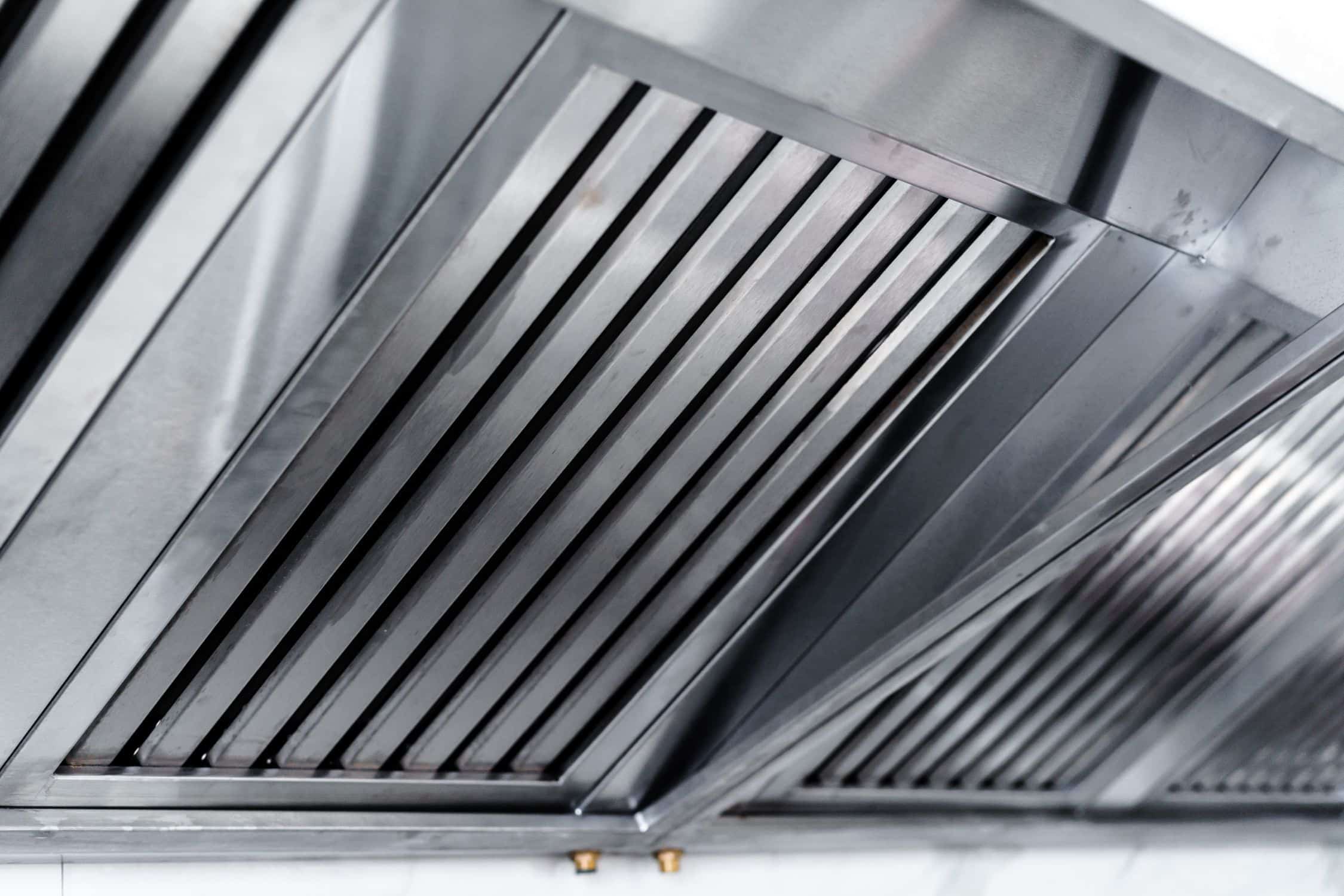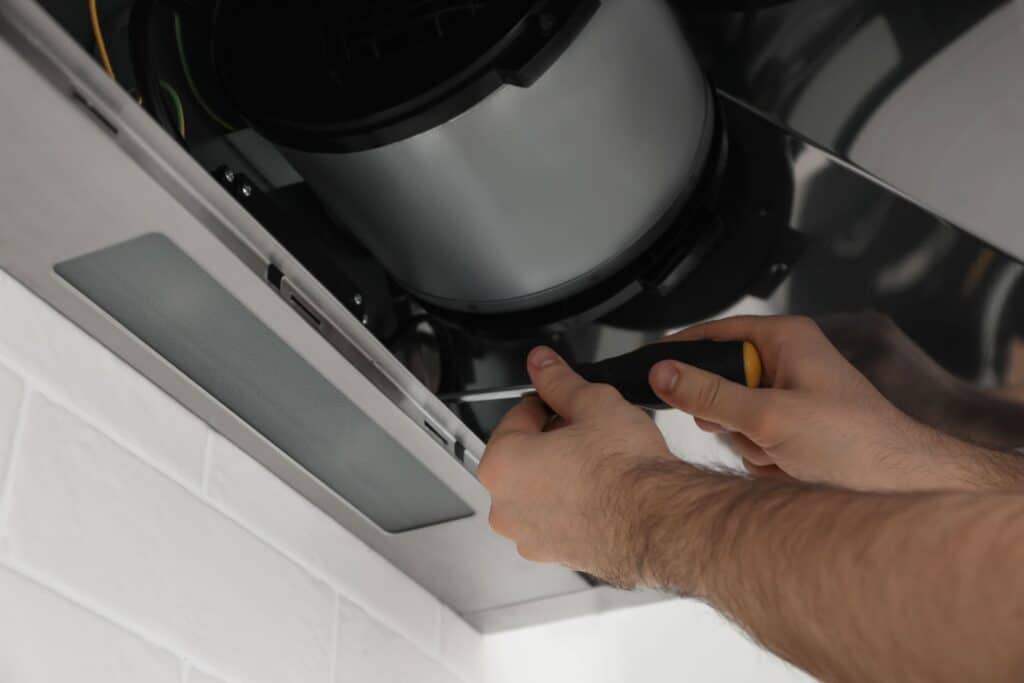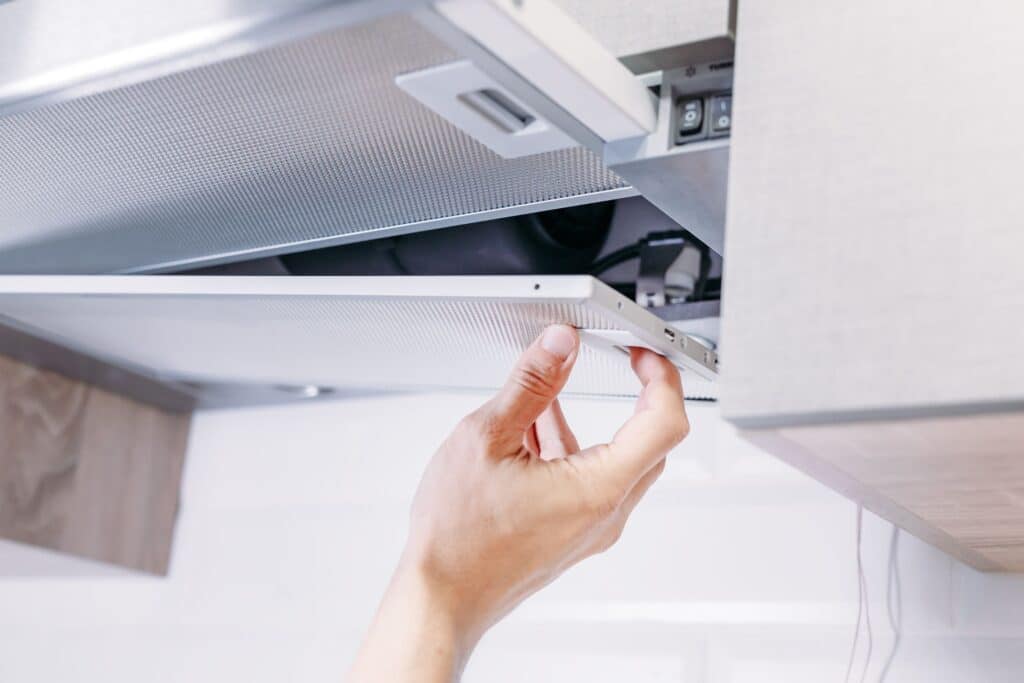
Restaurant Vent Installation
- Complimentary Quotes and Estimates
- Flexible Payment Options Available
- Certified and Experienced Professionals
- Full Maintenance and Repair Services
- Highly Competitive Pricing
- Fast and Exceptional Customer Support
We specialise in restaurant ventilation systems
We install complete ventilation systems for your restaurant’s commercial kitchen, covering everything from the extraction hood to the ductwork, fan units, and odour and smoke filtration. Avoid the hassle of dealing with multiple contractors where it’s unnecessary.

Our team can conduct comprehensive site surveys
We offer no-obligation site surveys for restaurant ventilation systems to determine your specific requirements. We ensure that nothing is over-specified, nor do we under-specify equipment unnecessarily. If you plan to expand your existing kitchen, we can design a ventilation system to accommodate your restaurant’s future growth.

Future proof your restaurant's ventilation
We can install the system in a manner that allows for future upgrades, should they be needed. Future-proofing your kitchen, when necessary, can significantly support your business’s growth as and when required.
At PNJ Cleaners, we work with a wide range of brands and collaborate with specialist manufacturers to ensure your kitchen extraction system is installed to the required standard, providing you with a reliable and stress-free solution.

FAQs
What ventilation is required in a commercial kitchen?
While larger kitchens are likely to require a mechanical extraction system with a fan and filter, ventilation in smaller kitchens may be as straightforward as air supplied through ventilation grilles in windows, walls, or doors. When selecting your commercial kitchen ventilation solutions, the focus should be on choosing professional, industrial-grade systems and maintaining them to the highest standard.
Do i need a hood system in my restaurant?
Yes, restaurants require a hood system, also known as a ventilation system, to remove grease, steam, smoke, and cooking odours from the kitchen. This is essential for several reasons, including:
- Safety – Hood systems provide fire protection for the kitchen.
- Comfort – They create a more comfortable working environment for staff and enhance the experience for customers.
- Cleanliness – Hoods help maintain a cleaner, safer kitchen by capturing grease and heat from commercial ovens.
- Air quality – They improve the kitchen’s air quality by removing heat, smoke, and grease.
Where does kitchen ventilation go?
Kitchen ventilation, often provided by a range hood, can either vent outside or recirculate back into the kitchen:
- Outside – The most effective option, ducted range hoods expel smoke, steam, and odours outside through the roof or a side wall. This improves air quality and reduces fire risks.
- Recirculated – If external venting isn’t possible, a ductless range hood can be installed. This system uses filters to trap grease and odours before recirculating the air back into the kitchen.
What is the ventilation rate for restaurants?
The ventilation rate for commercial kitchens in the UK is generally between 30 and 40 air changes per hour (ACH). However, there are several other factors to consider when designing a ventilation system for a restaurant, including:
- Cooking load: The ventilation system should be tailored to the amount of cooking equipment used and the number of customers and staff.
- Extraction: Air should be continuously removed from cooking areas to eliminate cooking odours and combustion fumes.
- Hoods: Most extraction should occur through hoods positioned above gas-fired appliances and other sources of heat, water vapour, fumes, and odours.
- Canopy overhang: Canopies should have an overhang of 250–300 mm all around for island canopies, and a front overhang of 250 mm with 150 mm at the ends for wall-mounted canopies.
- Maintenance: The system should be cleaned and maintained regularly.
- Carbon monoxide: Carbon monoxide should not accumulate in the workspace.
Do pizza ovens require hoods?
Absolutely, commercial pizza ovens must be installed under a hood system. This is essential for effective ventilation and safety within the kitchen. However, given the wide variety of pizza ovens available on the market today, it is vital to identify whether your specific pizza oven requires a Type I or Type II hood.
Does a combi oven need a hood?
Combi ovens require a hood to capture condensation, grease, and smoke produced during cooking. However, they can coexist with other equipment beneath a Type I hood. Some combi ovens are available with extraction hoods as an optional accessory, which can be a more cost-effective solution compared to a full-sized extraction hood.
What are the requirements for a type 1 commercial hood?
Due to the significant differences between Type I and Type II hoods, each type is governed by specific rules and regulations. Type I hoods, which collect flammable materials, must be constructed, designed, and installed in a particular way within your kitchen. Below, we will examine the requirements for Type I hoods:
- Avoid combustibles: Ensure your hood is installed at least 18 inches away from any combustible materials.
- Use approved materials: Any hood in the kitchen should be made of steel with a minimum thickness of 0.0466 inches or stainless steel with a minimum thickness of 0.0335 inches.
- Label your hood: Each hood should have a label indicating the minimum exhaust flow rate in CFM (cubic feet per minute) per linear foot.
- Construct appropriate support: Make sure that each hood is securely fastened in place using non-combustible supports.
- Protect joints, seams, and penetrations: All external joints, seams, and penetrations should be sealed with continuous external liquid-tight welds or brazes extending to the outermost perimeter of the hood.
- Keep joints sealed: While internal joints do not need to be welded or brazed, they should be sealed to prevent grease from escaping.
What are the requirements for a type 2 commercial hood?
Since Type II hoods are designed to remove condensation and odours from the air, they are not required to adhere to the same code requirements as Type I hoods. However, they play an essential role in the kitchen and must be constructed properly. Consider the following code requirements as you prepare your Type II hood:
Construct sturdy supports: Hood supports should be capable of bearing the weight of the hood, any unsupported ductwork, the effluent load, and the potential weight of personnel working on the hood.
Seal joints internally: Ensure that joints, seams, and penetrations within Type II hoods are sealed on the interior. The interior should feature a smooth surface that is easily cleanable and watertight.
Use appropriate materials: Type II hoods should be made from steel with a minimum thickness of 0.0296 inches, stainless steel with a minimum thickness of 0.0220 inches, or copper sheets weighing at least 24 oz. per square foot.
